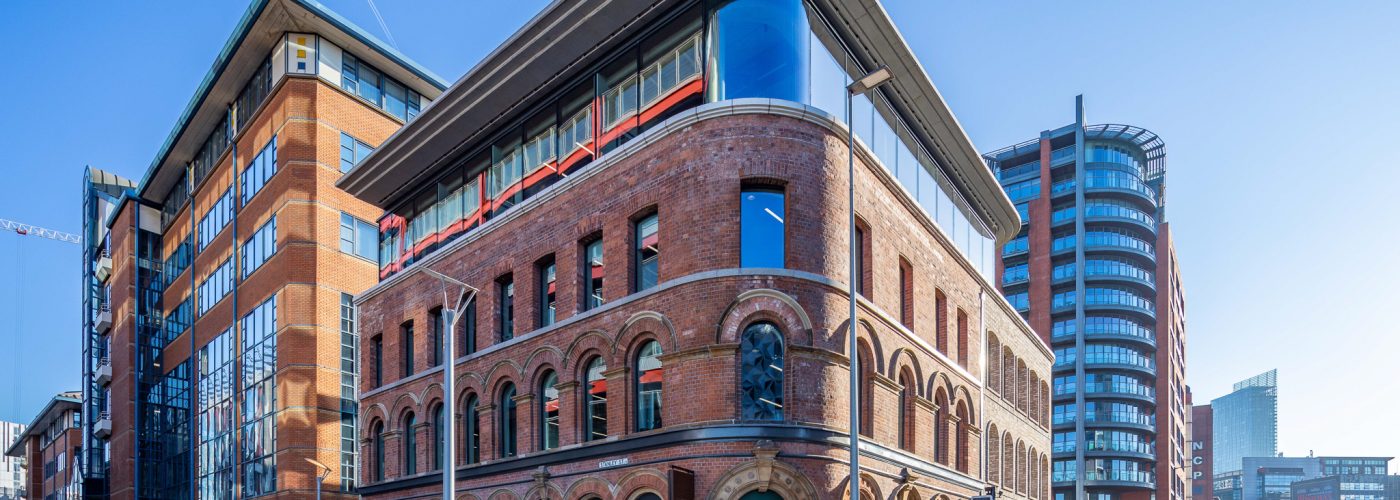Post-industrial area revitalisation and post-factory vacancy adaptation aren’t just immensely beneficial to the environment and conducive to sustainable development. They also provide meaningful economic benefits which greatly affect the development of the local property market (both the revitalised area proper and its vicinity).
Post-industrial wastefulness
Post-factory and post-industrial vacancies are serious social and economic issues. Underdeveloped and unused areas and the ongoing decay of the buildings located therein constitute more than a construction hazard. These problems also decrease the area’s value to developers and undermine the value of the real estate in its vicinity. Vacancies’ low aesthetic value, no or insufficient infrastructure, the emergence of dreaded ‘dead zones’ in urban tissue – all of the above virtually assure that even the most exclusive housing estate built in the vicinity will lose much value.
However, there is a way out of the woods – namely, revitalisation. In and of itself, this type of development makes economic, social and ecological sense. However, it also affects the entire property market in its immediate vicinity. How?
1. Heightened economic activity
Industrial building revitalisation revives the extinct. As such, abandoned factories or depopulated shopping centres get a second lease of life. From a strictly ecological perspective, it’s a much better solution than razing the unused buildings outright.
Rafael Altheim of Aluprof (a Europe-based international manufacturer of aluminium systems) has this to say: ‘Thanks to new construction solutions, we can conduct the revitalisation project in such a way that it preserves the building’s natural beauty and historical aesthetics.’ Our window/door system and profiles are intended for revitalised structures (e.g. MB-Slimline, MB-Ferroline, MB-60 Industrial or MB-70) allow us to replace the old windows with new ones. These are tight, resilient and, above all, warm. Likewise, they do not adversely affect the building’s aesthetic value.
One of the best and most substantial examples of how revitalisation can increase economic activity is the Hamburg harbour and the related HafenCity project. The latter will expand the Hamburg city centre by 40%, thus creating a whole new seaside district filled with offices, shops, cultural institutions and apartments.

Hamburg Port Authority, Hamburg, Germany. Applied systems: MB-70. The project: Kramer Biwer Mau Architekten
2. Increased value of real estate and surrounding areas
Revitalising just one building can kick-start the reconstruction of the entire district. As the given area grows more attractive, the value of real estate situated therein increases as well. New projects attract developers and users and increase property values.
Wojciech Brożyna (Aluprof UK Managing Director) has the following to say:’The revitalisation of Piccadilly East in Manchester is an excellent case study. Renovating the historical Crusader Mill built in 1830 and the creation of a high-class apartment building for district inhabitants inspired other projects in the immediate vicinity. As a result, The Times called Piccadilly East one of the best places to live, and real estate value in the district increased substantially. It’s a point of pride to us, since Aluprof has contributed meaningfully to the restoration project. Thanks to employing the slim-profile MB-Slimline window system boasting excellent thermal insulation, we are able to retain the original window shape in Crusader Mill. By the same token, we were able to increase the building’s ecological value and provide its users with excellent acoustic and thermal insulation as well as high structural resilience.

Phoenix&Crusader Mills, Manchester, UK. Applied systems: MB-Slimline The project: ShedKM Architects.
3. Increased diversification of property development types
Along with new developments, the revitalised property gives rise to new, diverse establishments and buildings. In order for the district to really come alive, it has to be filled with apartment buildings, commercial establishments, public utilities and workplaces.
Increased diversity is important, since revitalised areas are frequently subject to gentrification, which constitutes a significant threat to the real estate market. Poorly-conducted revitalisation, the lack of social consultations, or insufficient municipal oversight can result in a deplorable situation wherein prospective new inhabitants either push the existing ones out, or (even worse from the perspective of the real estate market) fail to show up to begin with, as they are unwilling to bear the higher costs of living in an insufficiently-developed area.
‘The aforementioned Crusader Mill and Piccadilly East revitalisation projects are excellent examples of how local governments prevented gentrification. The current inhabitants had the right of first refusal and financial assistance. This simple solution prevented better-off incoming residents from expelling the original ones. Likewise, it allowed the area to retain its diversity and essential socioeconomic identity’, Wojciech Brożyna stated.

Browary Wrocławskie, a former old stable. Wrocław, Poland. Applied systems:
Let’s Build a Better Future
The abovementioned case studies and arguments demonstrate that real estate revitalisation tremendously influences social, ecological or spatial objectives. By the same token, it greatly affects the real estate market as a whole, especially in its economic aspect. Even a single development like that can kick-start a veritable cycle of revitalising processes which can turn a dilapidated, abandoned district into a pride of the region. This, in turn, provides immense benefits to the inhabitants, environment and developers alike. Article sponsored by Aluprof






